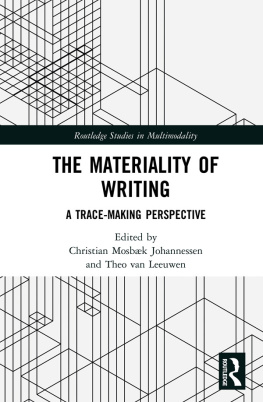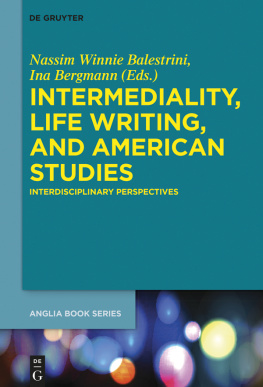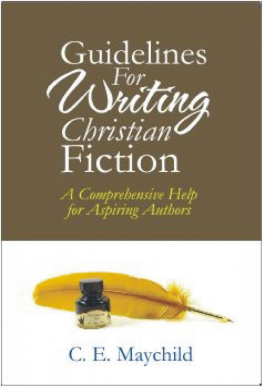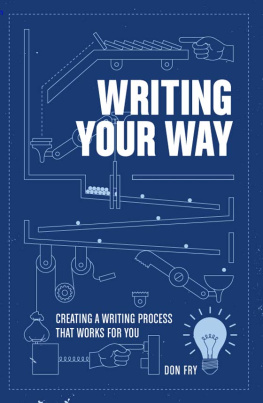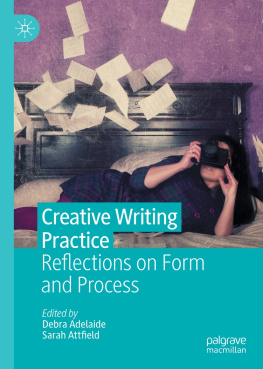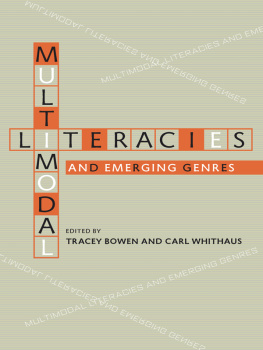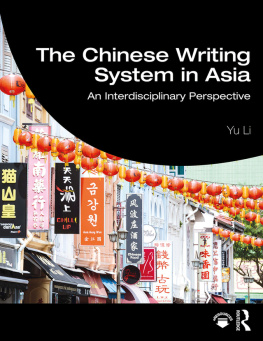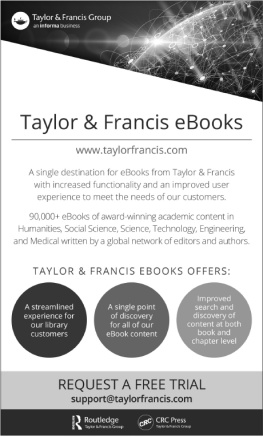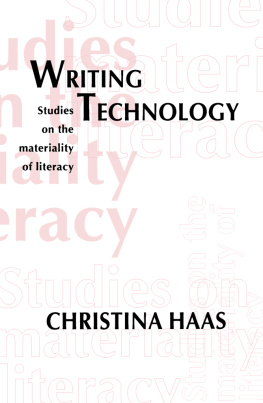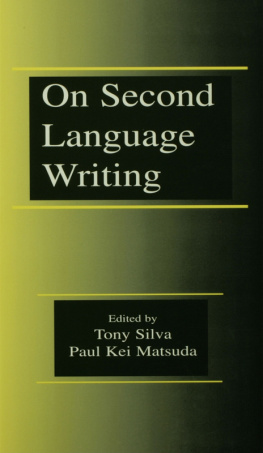The Materiality of Writing
This book examines the materiality of writing. It adopts a multimodal approach to argue that writing as we know it is only a small part of the myriad gestures we make, practices we engage in, and media we use in the process of trace-making. Taking a broad view of the act of writing, the volume features contributions from both established and up-and-coming scholars from around the world and incorporates a range of methodological and theoretical perspectives, from fields such as linguistics, philosophy, psychology of perception, design and semiotics. This interdisciplinary framework allows readers to see the relationships between writing and other forms of trace-making, including architectural drawings, graphic shapes and commercial logos, and between writing and reading, with a number of illustrations highlighting the visual data used in the forms and studies discussed. The book also looks forward to the future, discussing digital media and new technology and their implications for trace-making. This pioneering volume will be of interest to scholars and researchers in multimodality, literacy, cognitive neuroscience, design theory, discourse analysis and applied linguistics.
Christian Mosbk Johannessen is Assistant Professor of Visual Communication at the University of Southern Denmark.
Theo van Leeuwen is Professor of Multimodal Communication at the University of Southern Denmark.
Routledge Studies in Multimodality
Edited by Kay L. OHalloran, Curtin University
For a full list of titles in this series, please visit www.routledge.com
13The Structure of Multimodal Documents
An Empirical Approach
Tuomo Hiippala
14Multimodality in the Built Environment
Spatial Discourse Analysis
Louise J. Ravelli and Robert J. McMurtrie
15The Discourse of YouTube
Multimodal Text in a Global Context
Phil Benson
16The Semiotics of Movement in Space
A Users Perspective
Robert James McMurtrie
17Mapping Multimodality Performance Spaces
Edited by Maria Grazia Sindoni, Janina Wildfeuer, and Kay L. OHalloran
18The Discourse of Physics
Building Knowledge through Language, Mathematics and Image
Y. J. Doran
19Advancing Multimodal and Critical Discourse Studies
Interdisciplinary Research Inspirited by Theo van Leeuwens Social Semiotics
Edited by Sumin Zhao, Emilia Djonov, Anders Bjrkvall and Morten Boeriis
20The Materiality of Writing
A Trace-Making Perspective
Edited by Christian Mosbk Johannessen and Theo van Leeuwen
The Materiality of Writing
A Trace-Making Perspective
Edited by
Christian Mosbk Johannessen
and Theo van Leeuwen

First published 2018
by Routledge
711 Third Avenue, New York, NY 10017
and by Routledge
2 Park Square, Milton Park, Abingdon, Oxon OX14 4RN
Routledge is an imprint of the Taylor & Francis Group, an informa business
2018 Taylor & Francis
The right of the editors to be identified as the authors of the editorial material, and of the authors for their individual chapters, has been asserted in accordance with sections 77 and 78 of the Copyright, Designs and Patents Act 1988.
All rights reserved. No part of this book may be reprinted or reproduced or utilised in any form or by any electronic, mechanical, or other means, now known or hereafter invented, including photocopying and recording, or in any information storage or retrieval system, without permission in writing from the publishers.
Trademark notice: Product or corporate names may be trademarks or registered trademarks, and are used only for identification and explanation without intent to infringe.
Library of Congress Cataloging-in-Publication Data
A catalog record for this book has been requested
ISBN: 978-1-138-67972-6 (hbk)
ISBN: 978-1-315-53730-6 (ebk)
Typeset in Sabon
by Apex CoVantage, LLC
Contents
CHRISTIAN MOSBK JOHANNESSEN AND THEO VAN LEEUWEN
Part I
Writing and Reading
AURLIE LAGARRIGUE AND MARIEKE LONGCAMP
TIM INGOLD
PAUL J. THIBAULT
Part II
Bodies, Tools and Materials
BRODY L. NEUENSCHWANDER
LIEVE CORNIL
RAYMOND LUCAS
KARINE BOUCHY
Part III
Manual and Digital Traces
GUNHILD KVLE
CHRISTIAN MOSBK JOHANNESSEN AND THEO VAN LEEUWEN
Part IV
Kinds of Traces
GIORGIA AIELLO
ANNE LVLAND AND PL REPSTAD
MAHDIYEH MEIDANI
ELISE SEIP TNNESSEN
Christian Mosbk Johannessen and Theo van Leeuwen
In the child, both writing and drawing develop from what I call the fundamental graphic act, the making of traces on a surface that constitute a progressive record of movement [] The movement of the tool over the surface is both felt and seen, The muscle-joint-skin kinesthesis is emphasized by orthodox sensory psychology, and the visual kinesthesis is emphasized by my perceptual psychology. But these are transient awarenesses. The seeing of a progressive record of the movement of the tool is lasting. There is a track of trail of the movement, like the afterimage of a firebrand whirled in the darkness, except that it is permanenta stroke, a stripe, or a streak, in short, a trace.
Gibson (1979: 275)
1. Graphics: The Big Picture
If ever extra-terrestrial xeno-zoologists (alien biologists) were to look down upon the Earth from close orbit as preparation for a research expedition, they would notice that terrestrial species do not exist in a pregiven environment which they just happen to occupy and which was there before them. Rather, terrestrial organisms have co-evolved with their environments and re-arranged them to suit their needs in a process known as niche construction (Odling-Smee, Laland, and Feldman, 2003). Our aliens would observe termites collectively assembling very large structures from grains of sand glued together with excrement, structures that serve not only as shelter and food stores for the termites but also, at a metabolic level, as thermo-regulation for the entire colony. On a larger scale they would see beavers collectively building dams and turning entire streams of water into pools for convenient fishing, flooding large areas of woodland in the process. But above all, they would notice that one bipedal mammal speciesHomo sapiens sapienshas had a massively larger impact on shaping the planetary ecology than any other species. They would notice that in some places tens of millions of humans live together in urban colony ecologies that spread over a significant portion of the Earths landmasses and that only few surfaces outside these colonies have been left untouched by their activities. And maybe the more behaviourally inclined among our alien scientists would puzzle over our habit of marking practically every single surface of our urban ecologies (our road networks, the insides and outside of our dwellings, every cultural artefact, including our own bodies) with pigment patterns. What use might such behaviour be?
We beg forgiveness for this frivolous thought exercise. It does, however, serve the purpose of looking at our environment with new eyes, Graphic tracesenduring marks left in or on a solid surface by continuous movement (Ingold, 2007: 43)permeate our existence to such a degree that we take them for granted and tend to understand them narrowly in terms of the very specific and specialised practices in which they are embedded: whether as letters in writing, numbers and symbols in mathematics, drawing and painting in art, diagrams in engineering, logos in marketing and so on. In other words, we tend to miss the bigger picture: that humans are fundamentally a trace-making species and have been since the Middle Stone Age (Malafouris, 2013: 181) and that all graphic traces, regardless of the cultural practices they serve, have commonalities.

